Our final museum/heritage visit for this holiday was the Cascades Female Factory in Hobart. How this site has been managed is both a fitting memorial to those who were incarcerated and an informative insight into the past. This is despite only one original building still standing. We arrived around 10am and decided to do the guided tour of Yard 1 (shout out to Hugh for being an incredible guide). For those who prefer, there is an audio guide option. If you have the opportunity to take a tour, take it – you won’t be disappointed. After sharing some history and world heritage information, I want to delve into the site layout and how they’ve told the history.
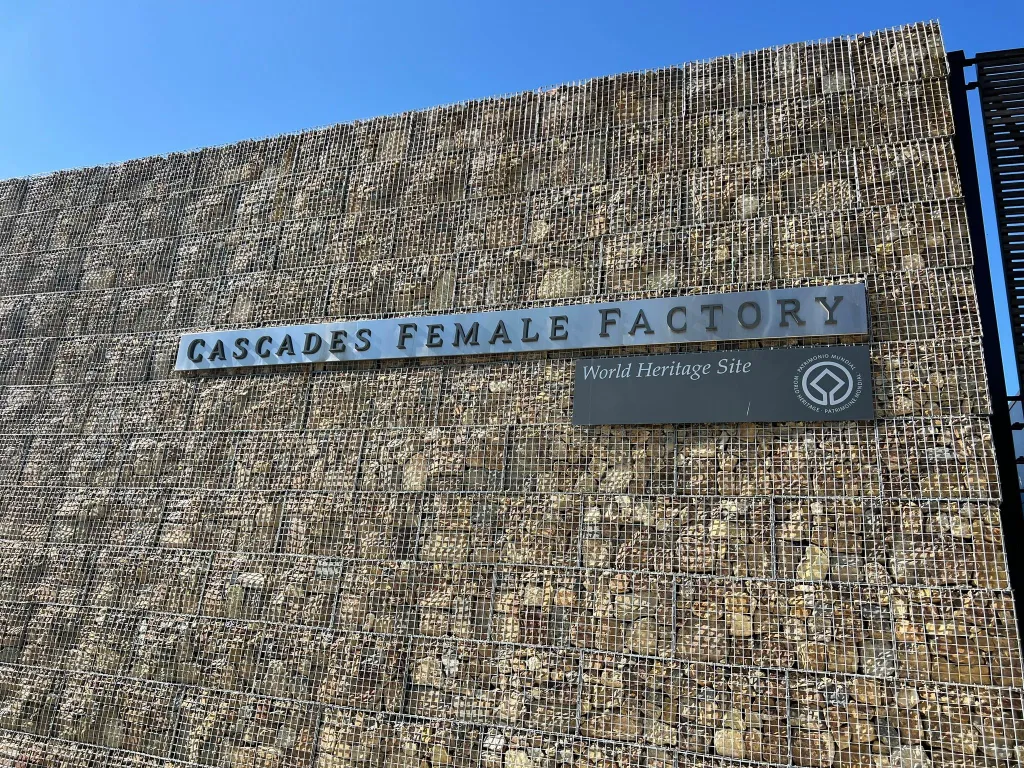
History
The Cascades Female Factory opened in 1828 to house female and children convicts who were now segregated from the male. Convicts who were sent to the Factory were divided into three distinct classes and were unable to communicate with each other. In order to reach first class, women could either exhibit good behaviour on the journey to Australia or serve their probation in second class. The benefits of being first class included being sent outside the prison for employment. However, it was not unusual for the conditions outside to be just as tough or even tougher.
Women in the second class were convicted of minor offenses or had risen from the third class. During the day, their main task was making clothes and mending linen. The third class consisted of female convicts who re-offended either inside or outside of the Factory. The toughest jobs were reserved for these women including all the laundering and working in the orphan school.
For those who misbehaved, not only could they lose their class status, but there were harsher punishments. At the back of Yard 1, you can see the solitary confinement cells marked on the ground. Women were locked inside for 23 hours a day with only an hour outside for exercise.
Female convicts could be released and re-interned for further crimes. Many children were born in the Factory, however, infant mortality was approximately 65% and those who survived were often described as ‘mute’.
The Factory operated until 1856 when it became a general gaol. During the late 1860s, the Factory served as a Contagious Diseases Hospital and Hospital for the Insane. Gradually, the various institutions moved out and by 1904 the site lay vacant. It was sectioned and sold to private buyers who demolished nearly all the buildings.
Thankfully, the Women’s Electoral Lobby in Victoria raised enough money to purchase Yard 1 (out of an original 5 yards). With the aim of preservation, they handed it over to the Parks and Wildlife Service. Due to their efforts, this is one of the only surviving sites in Australia telling the female convict story. Over time, the Matron’s Quarters, Yard 3, and Yard 4 have been acquired. Since 2011, management of the site has been handed over to the Port Arthur Historic Site Management Authority (PAHSMA).
Heritage Listing
In 2010, Cascades Female Factory joined other convict sites in Australia to be inscribed on the World Heritage List. I have written about some of the other sites (Port Arthur, Fremantle Prison, and Cockatoo Island) on this blog. The Factory was inscribed for its representation of the female convict experience and life in Australia.

Site Layout
I mentioned in the history section that basically all buildings have been demolished in the years following the Factory’s closure. What remains are the original sandstone walls and building plans. Very few photographs have survived. I’m going to use the photographs I took on our tour to explore how the site has been interpreted for visitors.

Buildings
Where the buildings once stood are now markings on the ground orientating visitors and marking out the geographical locations of each building in the Factory. In areas such as the solitary cells, the markings also show the size of cells. This was a very effective way to take a practically empty site and provide some context through a floor plan.


Minimal Sculptures
In my opinion, the minimal sculptures were the most effective elements. Each marked-out area had a simple minimal sculpture inside to represent the purpose of the building. For example, in the nursery there are small cradles. In the laundry, a washing trough. Some of the sculptures are interactive and will be covered later. The one with the most impact was a laundry line containing the clothes of children in Yard 4.


Clear Boxes with Interpretation
Around the site are a few clear boxes with some interpretation inside. You can read about how the site served as tennis courts during the 1920s and 1930s or the history of the site as a winery. These are a great addition that don’t interfere with the overall message but add some further interpretation.

Interactive Elements
There are a couple of sculptures that are interactive. For example, in the solitary confinement area, there is a cell you can walk into for an idea of how horrible conditions were for those inside.

Stories
Around the site are information plaques containing the stories of female convicts. They are just a snapshot consisting of the individual’s name, date of birth, description on arrival, and crime committed. Despite limited information, it is great to see what we know of their stories shared around the site.
Modern Elements
There are two modern elements, or additions, I’d like to mention. The first is at the original entry to the Factory. On either side of the walkway are metal walls with descriptions of select female convicts inscribed. These have been taken from the entry register that was completed by those in charge with each new arrival. The descriptions include phrases such as ‘beautiful, abused, missing front teeth, and scar on the right cheek’.

The other element is the memorial statue at the end. This is a really meaningful addition and allows visitors a moment to reflect before leaving.

Final Thoughts and Logistical Information
The final thing I want to mention is that the gift shop is amazing. Not only does it sell convict-related items, but also books on consent and feminism. There was also a great exhibition inside sharing some modern stories from Tasmanian women. It really is serving an important role in the community as well as sharing hard stories from the past.
Cascade Female Factory is open from 10am to 4pm daily (except Christmas). There is an entry fee and the site is somewhat accessible. Check their website for more information: https://femalefactory.org.au/visit/.

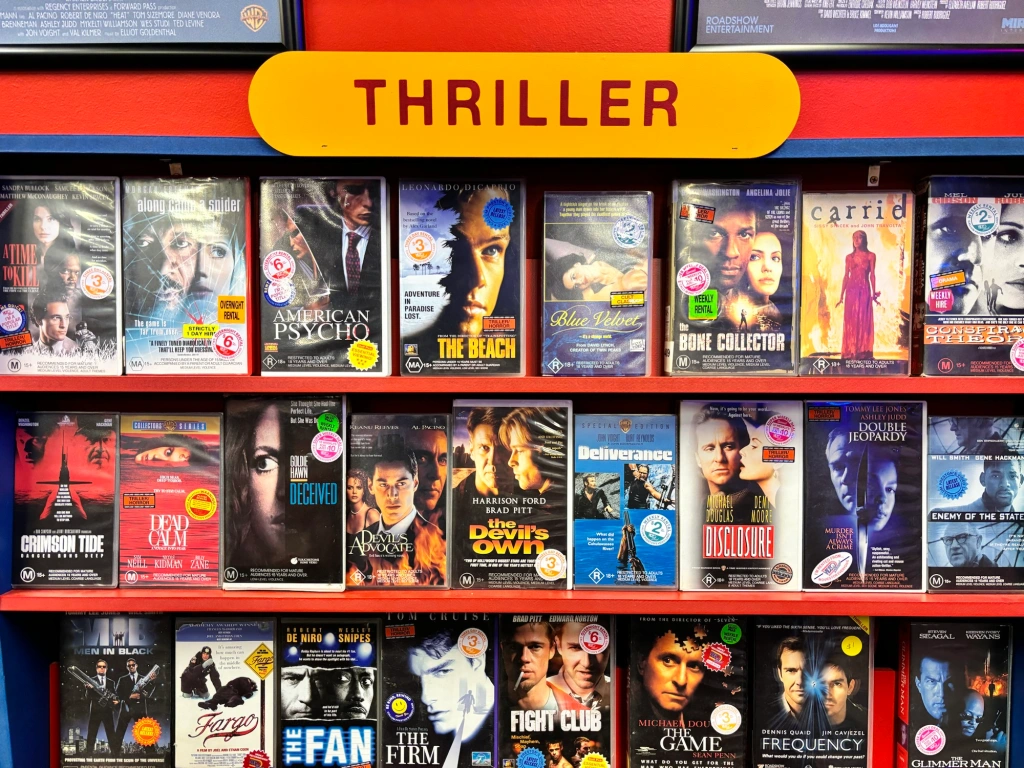
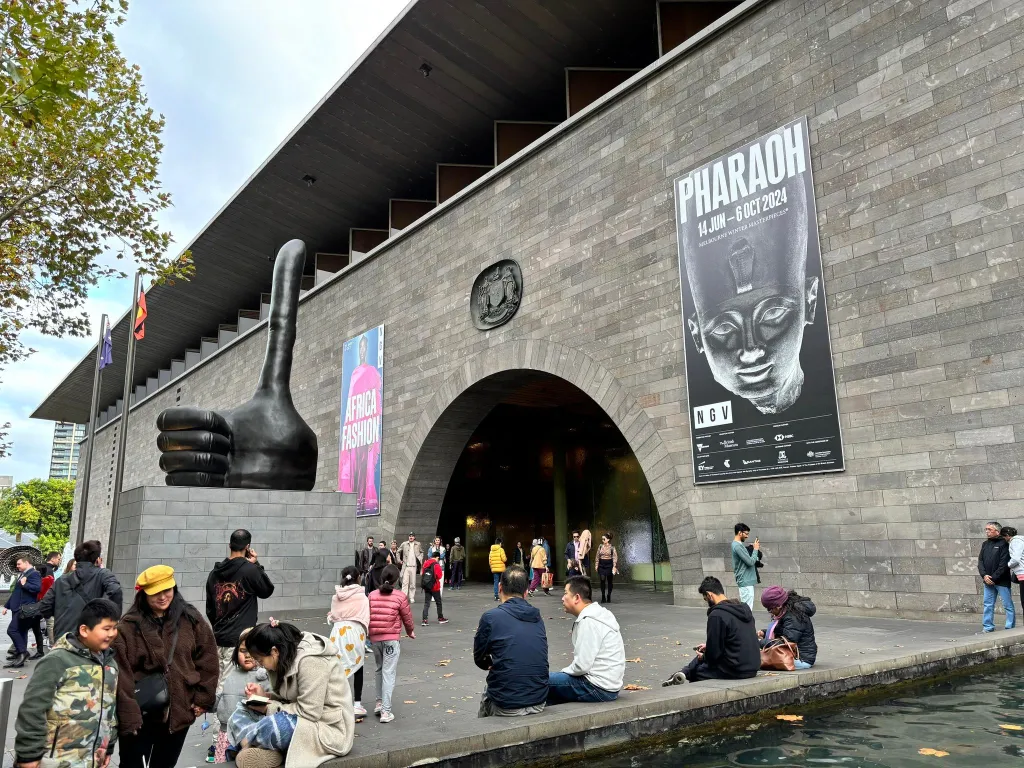
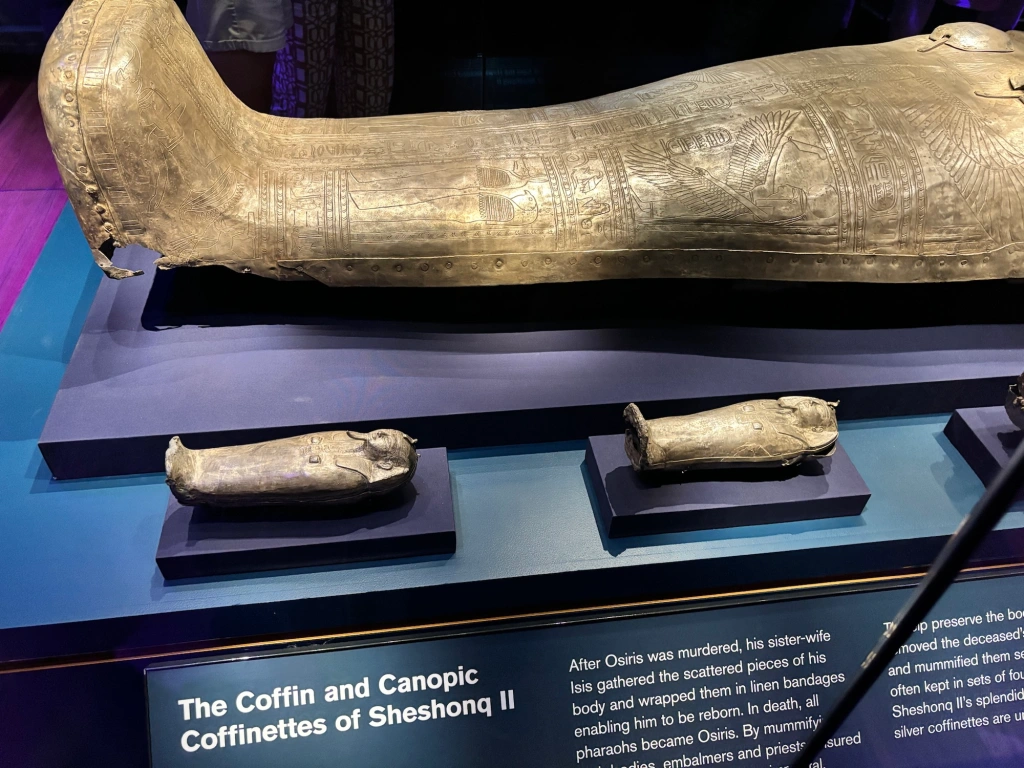

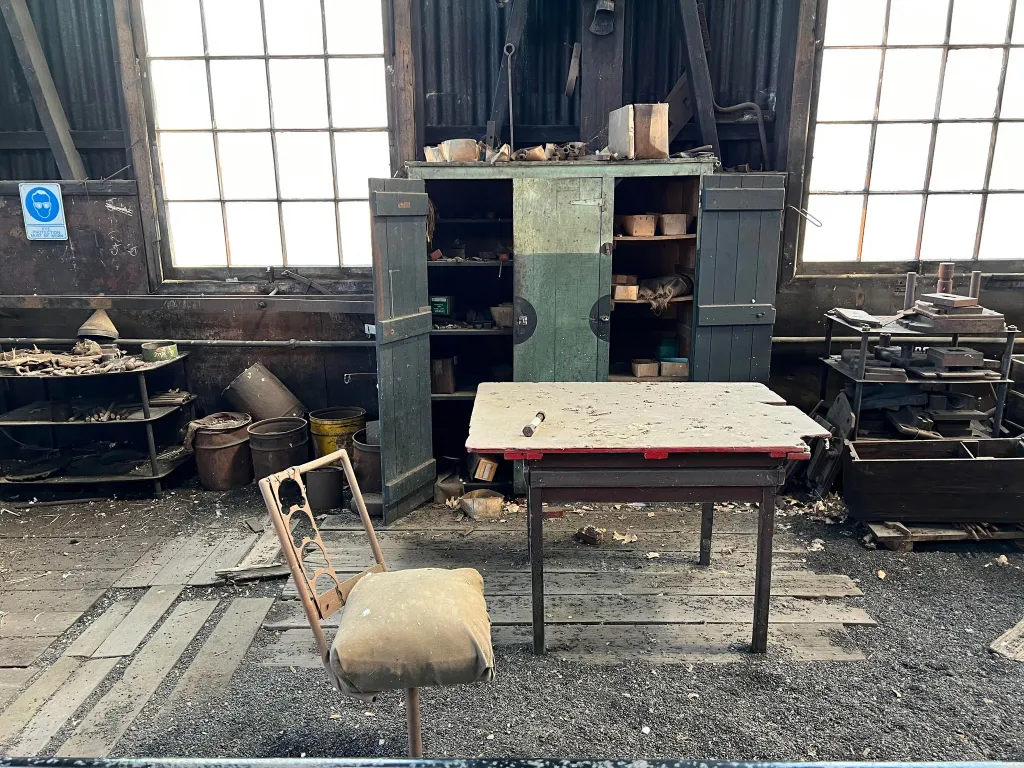
Leave a comment